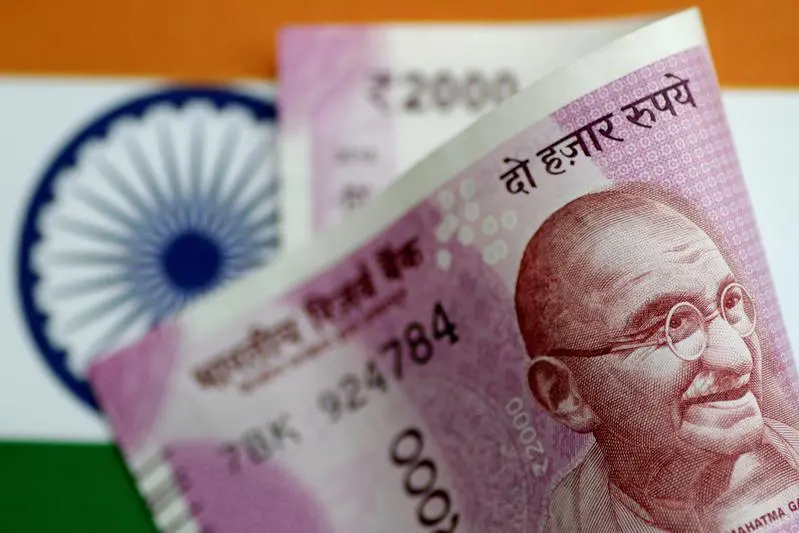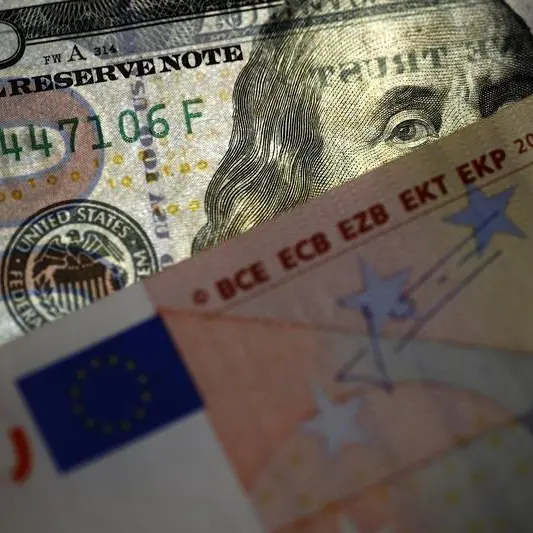PHOTO
India received $83 billion in foreign remittances in 2019, topping the list of the world's largest remittance receivers, but the coronavirus pandemic and some key structural issues are making it difficult for the country to retain the title.
India Ratings and Research (Ind-Ra), India's leading credit rating agency, and a subsidiary of the Fitch Group recently released a report and mentioned that the muted growth of India's foreign remittances is more of a "structural" issue than transitory.
The report further added that the share of remittances as a percentage of gross disposable income also dropped from 3.5 per cent in the fiscal year 2010 to 2.5 per cent in fiscal year 2019. Falling oil prices and job losses in the Gulf countries started muting the growth even before the coronavirus pandemic. Covid-19 only deepened the already existing crisis. Indian diaspora consists of more than 17 million people living in different parts of the world, according to an estimate released by the United Nations, and around 55 per cent of them are situated in the Gulf Cooperation Council. The GCC region constitutes 54 per cent of the total remittances to India.
Earlier this year, the World Bank predicted a 20 per cent decline in foreign remittances to low and middle-income countries (LMICs) in 2020 due to the coronavirus pandemic and global lockdowns, making it one of the sharpest declines in history. In 2019, remittances to LMICs reached $554 billion, the number overtook the total Foreign Direct Investment made in these countries. The top five countries with the highest remittances were: India ($83.1 billion), China ($68.4 billion), Mexico ($38.5 billion), the Philippines ($35.2 billion), and Egypt ($26.8 billion).
While some countries like Mexico are benefiting from a tentative recovery of the US economy and hence keeping up with the growth rate of foreign remittances to the country, countries like India and the Philippines are struggling to maintain their respective positions due to the bleak jobs market in the Gulf region amid coronavirus pandemic and falling oil prices. For example, remittances account for almost 10 per cent of the total GDP of the Philippines but now the country expects more than 300,000 overseas Filipinos to return home by the end of this year. Strong inflow of remittances pushed the peso to a three-year high against the US Dollar, a sharp decline in remittances can cause peso weakness as well.
India has been hit the hardest by the ongoing pandemic, while the South Asia region expected to take a hit of 22 per cent decline in remittances, India takes the biggest hit as the country's remittances are expected to fall below $67 billion in 2020. In the quarter ended (April - June) 2020, remittances dropped to $11.69 billion, down from $13.534 billion in (January to March) 2020. Southern Indian state Kerala holds the largest share of remittances in the country and finance minister of Kerala, Thomas Isaac, said in a recent media talk that "people are returning home" addressing the issue of bleak jobs market overseas due to the ongoing pandemic. The top three countries with the highest remittances to India are: the UAE ($14 billion), the US ($12 billion), and Saudia Arabia ($11.5 billion).
India depends significantly on remittances from the Gulf region and that makes it difficult for the workforce to keep their jobs despite the lower oil prices and limited economic activity during the pandemic. According to India Ratings and Research (Ind-Ra), remittances to hit a rough patch in the Fiscal Year 2021, and that's why the recent decline in remittances poses a serious risk for India to be dethroned as the world's largest receiver of remittances due to stiff competition from China.
The writer is a researcher and a financial markets analyst. Views expressed are his own and do not reflect the newspaper's policy.
Copyright © 2020 Khaleej Times. All Rights Reserved. Provided by SyndiGate Media Inc. (Syndigate.info).












